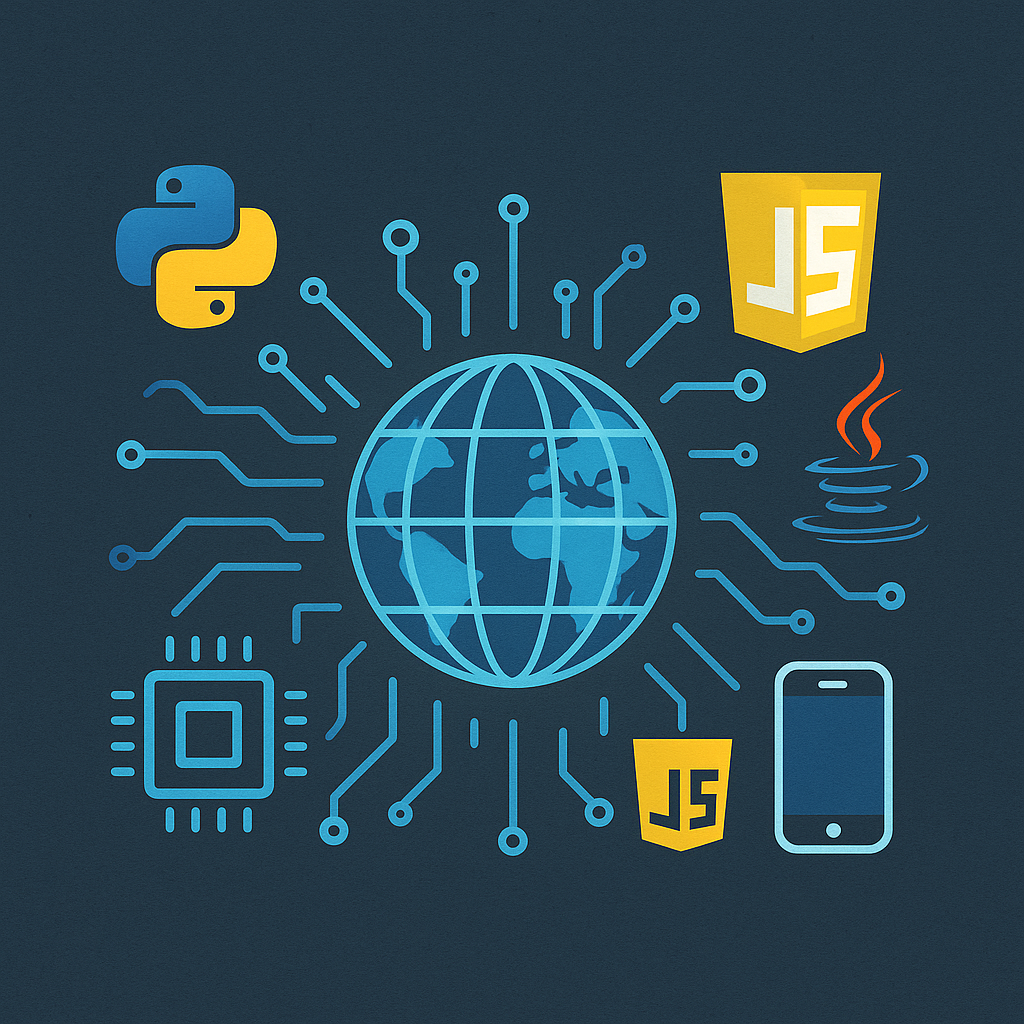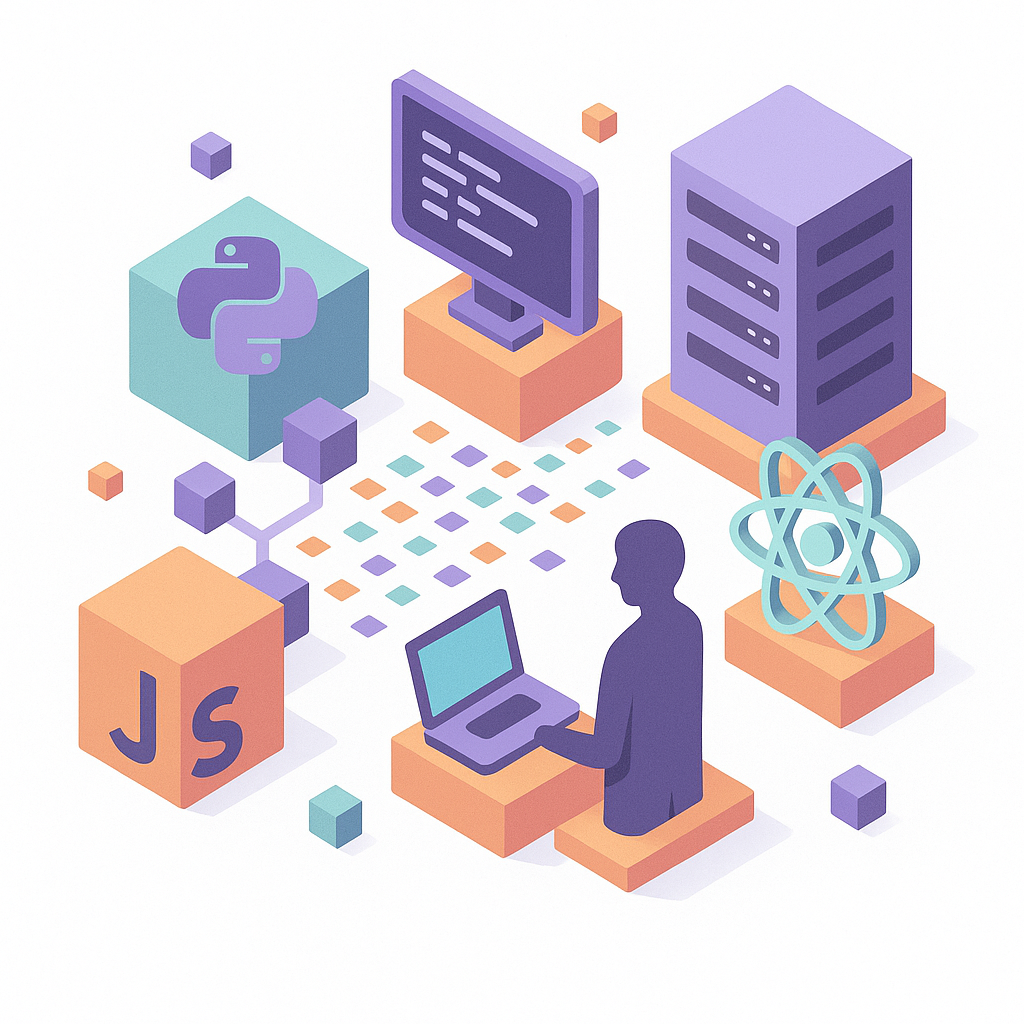The software testing industry is experiencing a massive transformation, and quality assurance bootcamps have become the most efficient pathway into this booming field. With AI reshaping how we test software and companies scrambling to hire qualified testers, 2026 represents a pivotal moment for career changers eyeing this profession.
The Numbers Tell a Compelling Story
Quality assurance roles are projected to grow 17% from 2023 to 2033, significantly outpacing most other professions. The median salary for QA testers hit $101,800 in 2023, with entry level positions averaging $68,000 annually. Senior QA automation engineers commanding salaries past $200,000 are no longer unusual, particularly at tech giants and fintech companies.
The global hyper automation market is expected to reach $26.5 billion by 2026, growing at an 18.2% compound annual rate. This explosion in automation technology creates urgent demand for professionals who understand both manual and automated testing processes. By 2026, 40% of large enterprises will have AI assistants integrated directly into their testing workflows, fundamentally changing what it means to work in quality assurance.
What Makes QA Bootcamps Worth Your Time
Traditional computer science degrees take four years and cost upwards of $100,000. QA bootcamps compress essential knowledge into 10 to 22 weeks, with most programs running between $5,000 and $15,000. The math works heavily in your favor.
Lisa from NeoTech Academy shared her experience: “NeoTech Academy made coding easy for me, even though I had no prior knowledge. They simplify complex topics and offer a 24/7 assistance channel for questions. They not only teach coding but also instill a QA mindset.” She landed her first QA position within two months of graduation.
Another graduate mentioned, “If you don’t mind cramming in a year’s worth of material into a 2 month program, this school is for you.” The intensity pays off. Most bootcamp graduates land jobs within 60 days of completing their programs, with the vast majority securing positions at competitive salaries.
Five Hacks to Maximize Your Bootcamp Investment
Start Building Your Portfolio Immediately: Don’t wait until you finish the program. Document every project, create a GitHub repository, and write clear explanations of your testing approaches. Employers care more about demonstrated skills than certificates.
Learn the Tools Companies Actually Use: Focus on Jira, Postman, Selenium, and SQL during your bootcamp. These appear in over 70% of QA job postings. Modern employers also want exposure to Playwright, which is rapidly replacing older tools like Selenium for web automation.
Master Both Manual and Automated Testing: While 32.3% of teams are exploring codeless testing solutions, understanding the fundamentals of both approaches makes you invaluable. AI handles repetitive tasks, but humans still design test strategies and interpret complex failures.
Get Comfortable with AI Tools Now: By 2026, AI will prioritize test cases, diagnose failures, and recommend fixes automatically. Bootcamp students who learn to work alongside AI systems rather than compete with them will dominate the job market. The World Quality Report 2025 shows that 58% of enterprises are already upskilling QA teams in AI tools.
Network Aggressively During Your Bootcamp: Connect with instructors on LinkedIn, join testing communities like Ministry of Testing, and attend virtual meetups. One graduate noted, “I made a lot of friends and good people here!” These connections often lead directly to job opportunities.
The QA Role Is Evolving, Not Disappearing
Some worry that AI will eliminate QA jobs entirely. The data shows the opposite. Modern QA professionals are becoming automation architects, AI collaborators, and business interpreters. Manual only testing jobs are fading, but the profession is expanding into higher value roles.
In 2026, successful QA professionals will need to be fluent in DevOps pipelines, capable of translating technical issues into business impact, and skilled at setting boundaries for AI systems. As one industry expert put it, “It’s not about trusting artificial intelligence anymore, it’s about setting boundaries and trusting what you set.”
Testing is no longer bolted on at the end of development. Quality gates, continuous monitoring, and shift left practices mean QA happens throughout the entire development cycle. This elevates QA from a support function to a strategic advantage that drives customer trust and product resilience.
What to Look for in a Quality Bootcamp
The best programs focus on practical, hands on learning rather than pure theory. Look for bootcamps that offer real life project experience, not just tutorials. TestPro graduates noted that “the amount of real life practice and every day control from the teachers” gave them confidence to handle actual job workflows.
Career support matters enormously. Quality bootcamps provide resume building, mock interviews, and direct connections to hiring companies. Some even offer job guarantees or money back policies if you don’t land a position within a specified timeframe.
Check for instructor experience. The most effective bootcamp teachers have spent years working as QA professionals at actual tech companies, not just teaching. Their industry connections and real world insights make the difference between getting hired and getting ignored.


